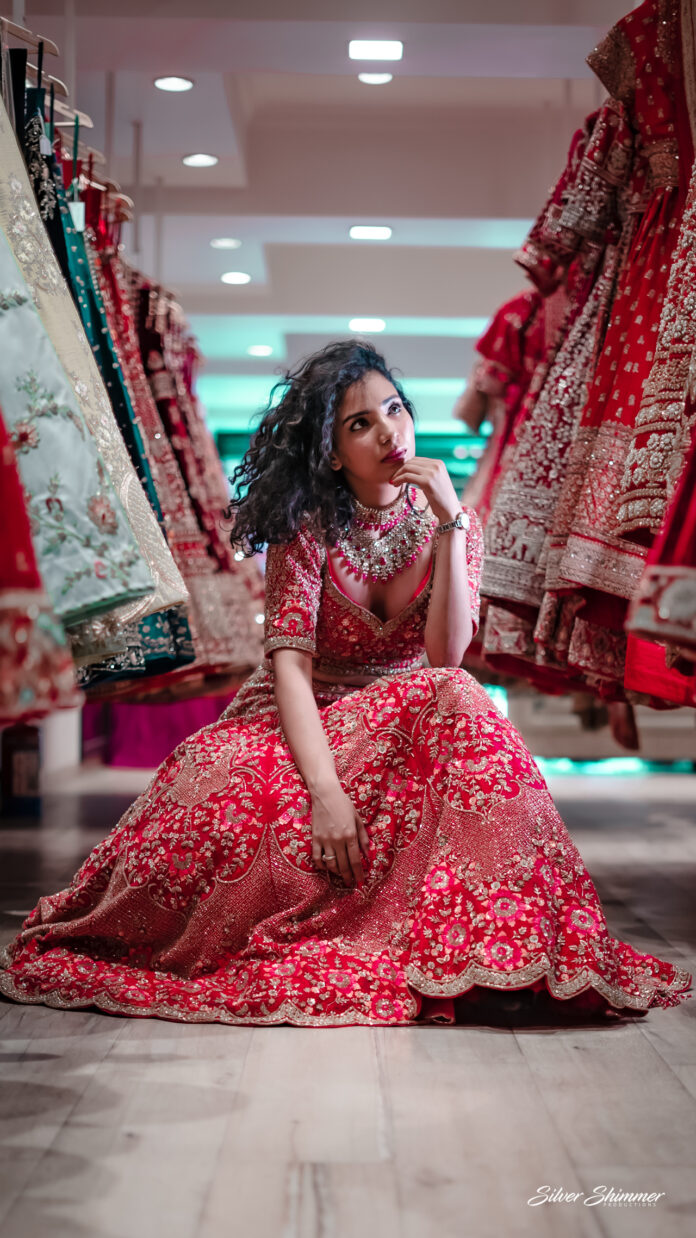– An article by Ms. Aanchal Saini, CEO – Flyrobe
Sustainable fashion aims to reduce the negative impact of the fashion industry on the environment, as well as on people and communities. It’s a response to tackle the problems created by the fast fashion industry, such as producing low-quality, mass-produced clothing at a rapid pace, often at the expense of workers and the environment. When trendy clothing is available at super affordable prices, it is hard for a consumer to factor in the environmental cost. The fashion industry is responsible for up to 10% of global CO2 output which is more than international flights and shipping combined. It also accounts for a fifth of the 300 million tons of plastic produced globally each year. Earth-friendly alternatives are the need of the hour and are playing a significant role in shaping the fashion industry’s future.
As the name suggests rental fashion is the concept of renting clothes instead of purchasing them outright. This model of fashion consumption has become increasingly popular in recent years, as consumers seek to reduce their environmental impact and find more sustainable ways of dressing. Rentals help consumers save money, and keep clothing items circulating for as long as possible. The global online clothing rental market was valued at $1,013 million in 2017 and is estimated to reach $ 1,856 million by 2023, registering a CAGR of 10.6%.
Renting clothing benefits consumers and the environment by providing cost-effectiveness, saving time and space, and extending the lifespan of clothing, preventing them from ending up in landfills. This helps the fashion industry address its overproduction and pollution issues. About 80t to 150 billion garments are produced and sold annually by the fashion industry worldwide, and 99% of what we buy is thrown away within the first six months. To combat this issue, rental companies ensure the longevity of clothing items through proper care and repair. Clothes with a nine-month lifespan extension have a 20–30% lower carbon, water, and waste footprint, and a 20% lower cost of resources for production, laundering, and disposal.
The rental fashion business is getting traction and is geometrically growing in India as the gen-Z is making the switch. The initial challenge with fashion rentals was changing consumer mindset. Generating awareness and familiarising masses with an entirely new concept is challenging and time-consuming. However, it is safe to say that our Indian consumers are now embracing rental fashion with open arms. Renting is an operations-intensive industry, therefore managing the backend operations are challenging. The leasing process is time-sensitive, includes numerous QC rounds, and entails continual inventory movement. Technology has aided in overcoming this obstacle and facilitating efficient operations. With the right strategies and investments, these challenges can be overcome, and the rental fashion industry has the potential to be a key player in shaping a more sustainable and responsible future for fashion.
The global market for fashion rentals is expected to expand at a CAGR of 11% from 2021 to 2023. Indian rental fashion industry is still in its development stage but it is growing rapidly. In recent years, there has been an increased demand for sustainable fashion alternatives that are affordable and trendy. One significant player in the rental fashion market is Flyrobe.
Flyrobe is India’s first and largest fashion rental service. The company began selling its products online and soon developed physical storefronts so that customers could interact with the products just like they would in a typical retail setting. The brand has experienced success with its omnichannel strategy. Flyrobe rents out ethnic clothing for both men and women, carrying both designer and domestic brands. The business provides free pick-up and delivery for all online orders, and the typical rental length is 4 days. Typically, the rental cost is between 10%-15% of M.R.P. Due to the brand’s free size adjustments, customers also have the option of visiting the stores for fits and trial runs. To achieve circularity in its true sense, the brand has come up with a C2C model that is quite popular amongst people. Anyone in India can use Flyrobe to rent their heavy Indian clothing and make money on a rental share basis. Also, Flyrobe manages the clothing’ end of life. When a garment has served its purpose as a rental, it is fixed and sold at the clearance sale as pre-loved apparel so that it might be cherished and worn for a while longer. Currently, Flyrobe’s flagship store is located in New Delhi. The brand is expanding its physical stores via franchising. The franchise stores are located in Bangalore, and Gurgaon and expanding. Compared to online orders, garments travel less when purchased from physical stores, which is more environmentally and user-friendly.
Rent the iconic, buy the basic!
Technology has played a significant role in the growth and development of the rental fashion market, enabling new business models and driving innovation. The creation of online platforms and mobile applications is one of the most significant technological breakthroughs fueling the expansion of the rental fashion business. These platforms allow customers to browse and rent items from anywhere, making the rental process more convenient and accessible. Additionally, these platforms can leverage data and algorithms to create a more personalized shopping experience for the customer. Using data analytics and artificial intelligence (AI) to improve operations and optimize inventory is another technological advancement that has impacted the rental fashion business. Rental businesses can adjust their inventory to better suit customer demands by examining client preferences and behavior, allowing them to reduce waste and boost customer satisfaction.
Looking ahead, it is likely that the rental fashion market will continue to grow and evolve, driven by consumer demand for sustainable fashion and technological innovations. As the fashion industry grapples with sustainability challenges, rental fashion could play a critical role in shifting consumer behavior towards more sustainable consumption patterns. By leveraging technology and sustainable business practices, the rental fashion market can help drive a more sustainable and equitable future for the fashion industry.




